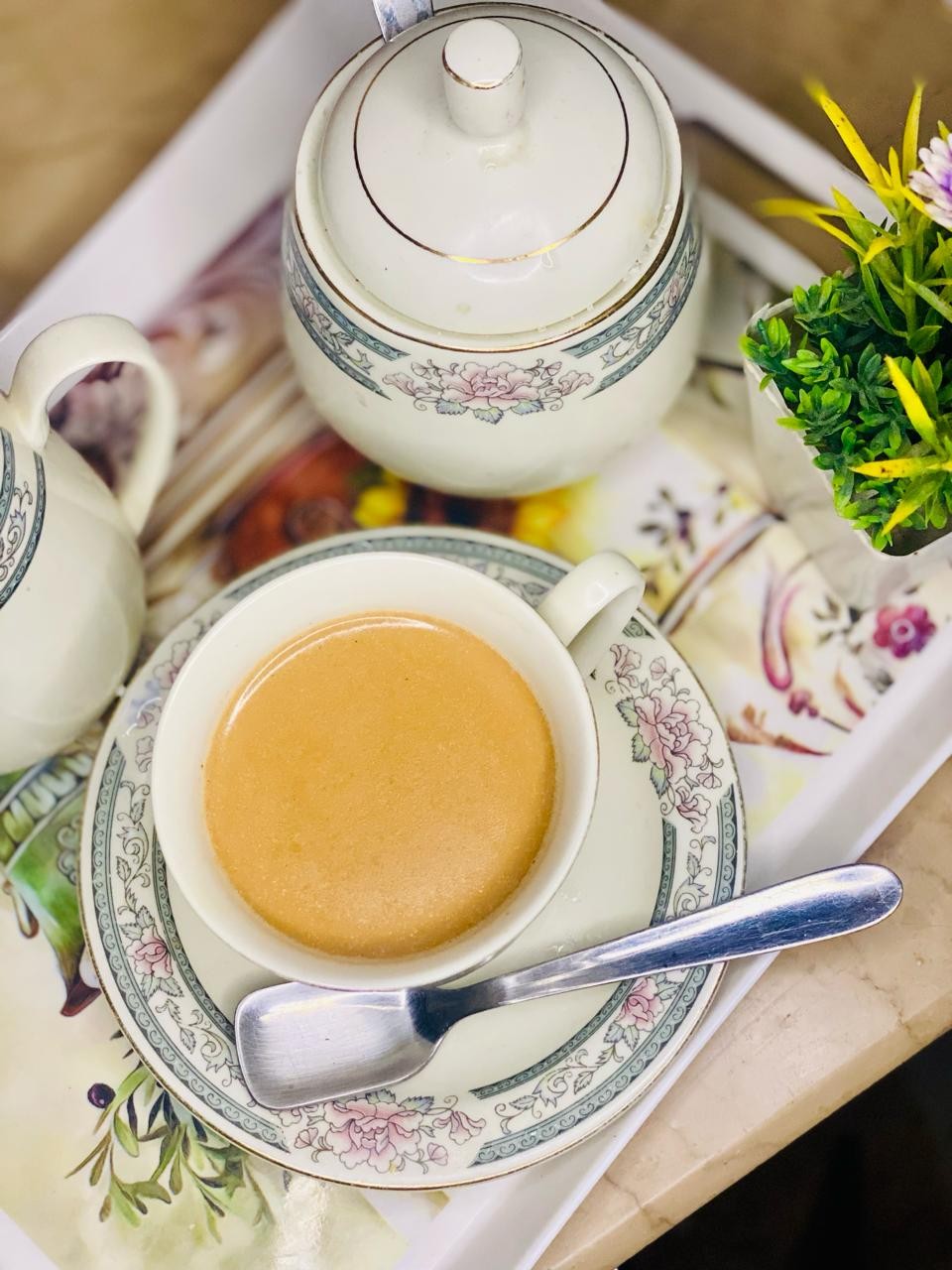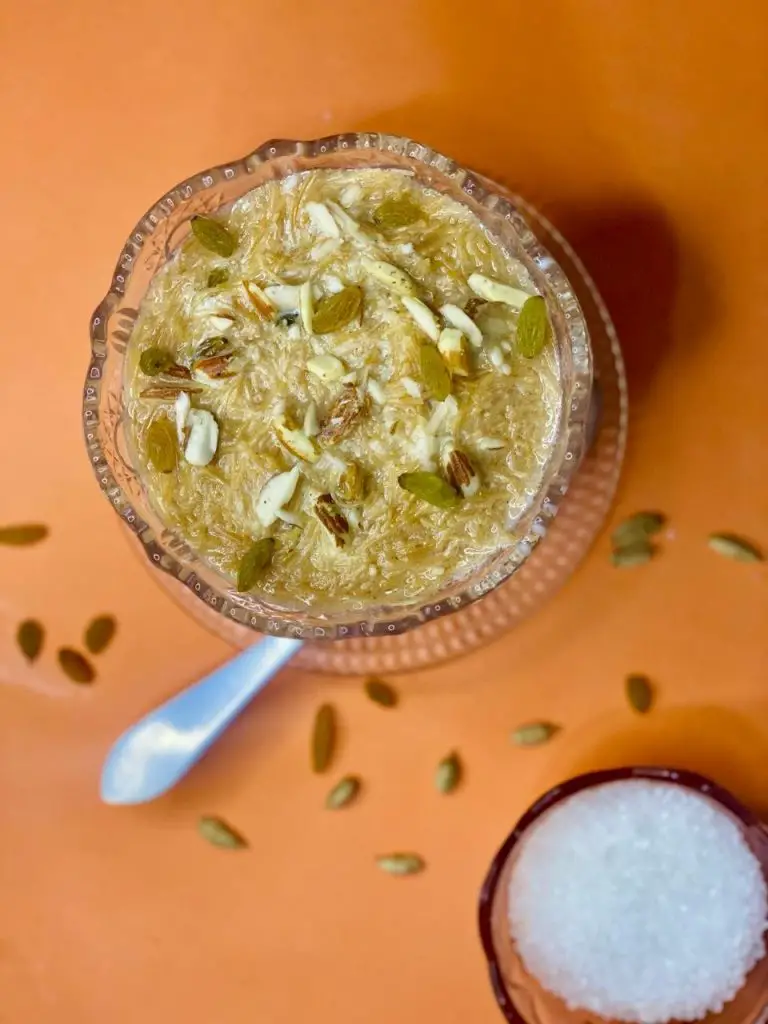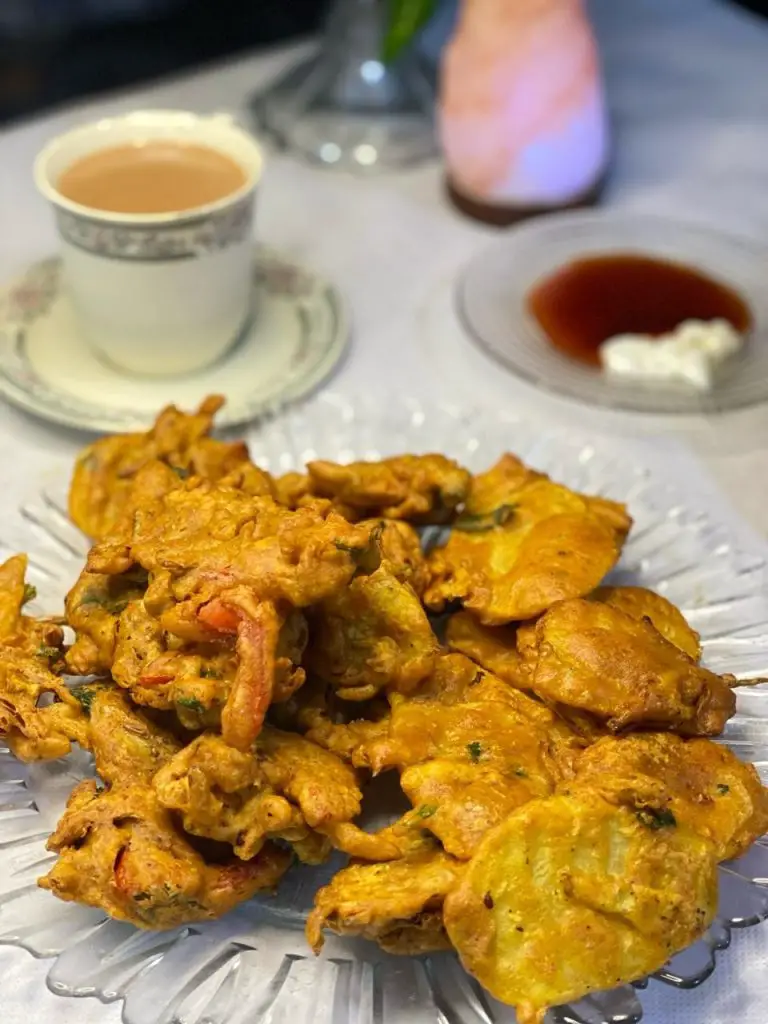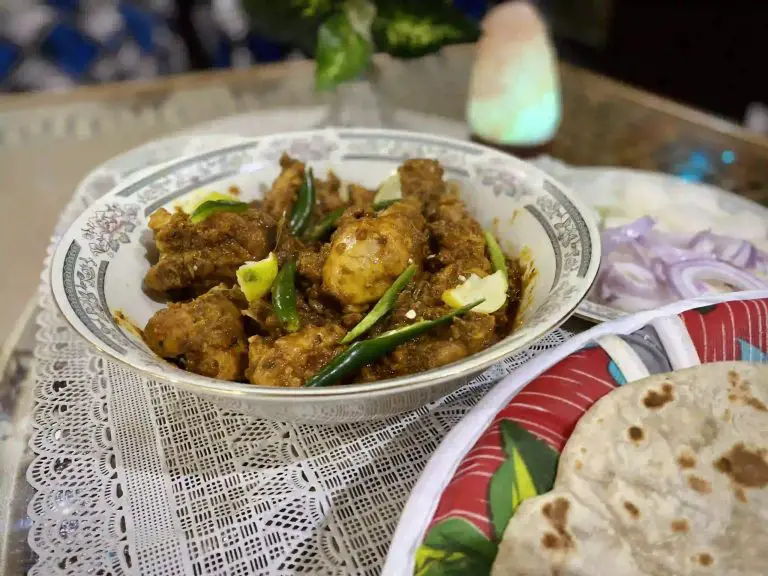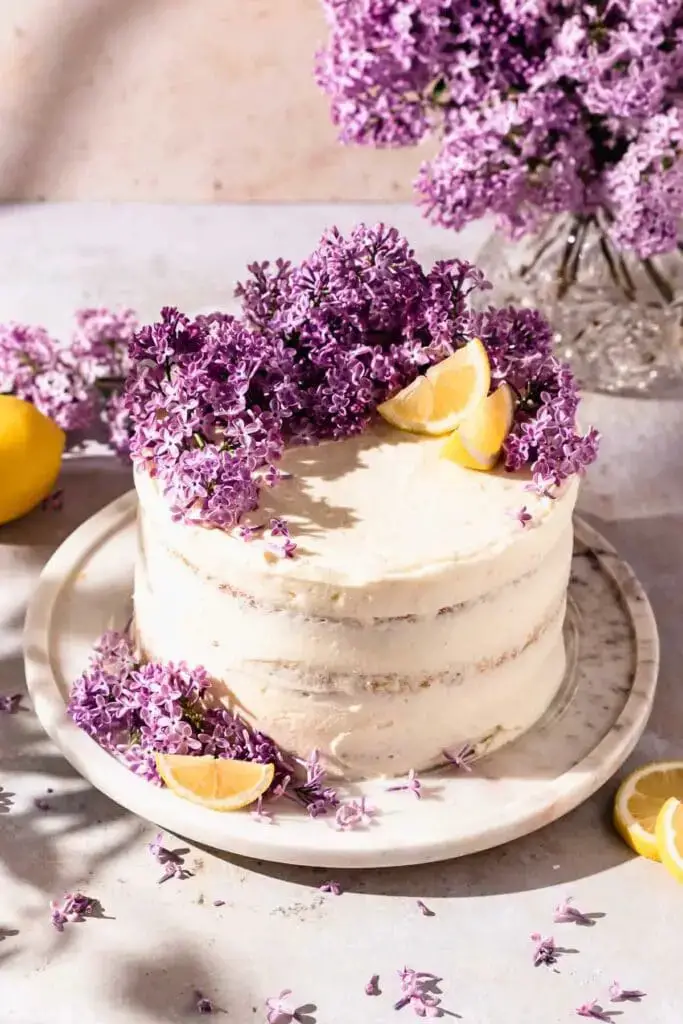Pakistani Doodh Patti Chai
The revered Pakistani doodh patti has long been a staple in every household, restaurant, and dhaba, transcending mere caffeine dependence. In fact, this revitalizing elixir has become an integral part of daily life, with many people savoring it thrice a day. My husband, for instance, always requests a cup after returning from work, which we enjoy with biscuits or sweet treats.
The aroma and flavors of doodh patti are deeply ingrained in Pakistani culture, much like its Indian counterpart, where it’s often savored during morning breakfast. In this recipe, I’ll be sharing my approach to crafting the perfect doodh patti, a deliciously rich brew that’s sure to awaken your senses and provide relief from even the most stubborn headaches.
What You Will Love About Doodh Patti Chai?
The Doodh Patti’s unique charm lies in its velvety texture, achieved by combining milk with a judicious amount of water. This creamy profile has the power to calm the soul, making it an unparalleled comfort drink. I must confess that this recipe has become an addiction for me – there’s simply no comparison to the rich aroma and flavor of Pakistani Chai. The subtle notes of tea leaves and cardamom are a perfect harmony that awakens your senses.
What’s more impressive is how effortless it is to prepare this delightful brew, requiring only a few readily available ingredients and some basic kitchen skills. In fact, I was just 7 years old when I first whipped up a batch for my dad, and his praise encouraged me to perfect the recipe.
Difference Between Chai (Tea) & Doodh Patti?
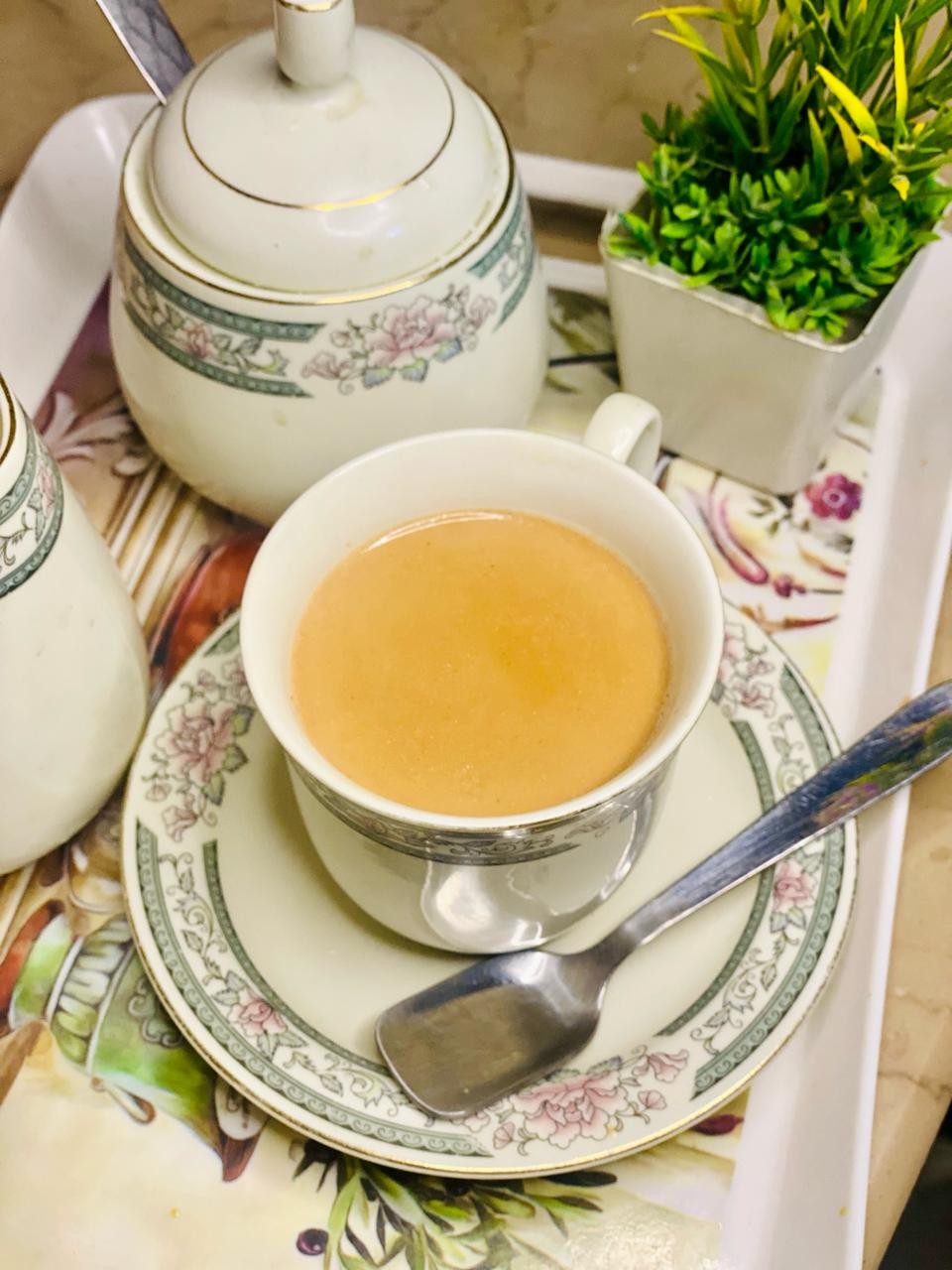
Chai, a traditional Indian drink, is steeped in history and culture. The term ‘chai’ literally means ‘tea,’ but this beverage has evolved over time to encompass various spices, milk, and tea leaves among its many variations is Doodh Patti, which offers a unique twist on the classic brew. In traditional chai-making, boiling water is the starting point, followed by the addition of tea leaves, sugar, and milk.
However, Doodh Patti diverges from this process by introducing milk directly into the kettle, then bringing it to a boil, resulting in a denser, creamier concoction that’s become my go-to remedy for soothing discomfort. As a testament to chai’s adaptability, India and its surrounding regions boast an array of variations, including Masala Chai, Turmeric Tea, Ginger Tea, and many more. I’ll be sharing these recipes with you in the future, allowing you to savor each distinct flavor profile.
Let’s Start The Recipe:
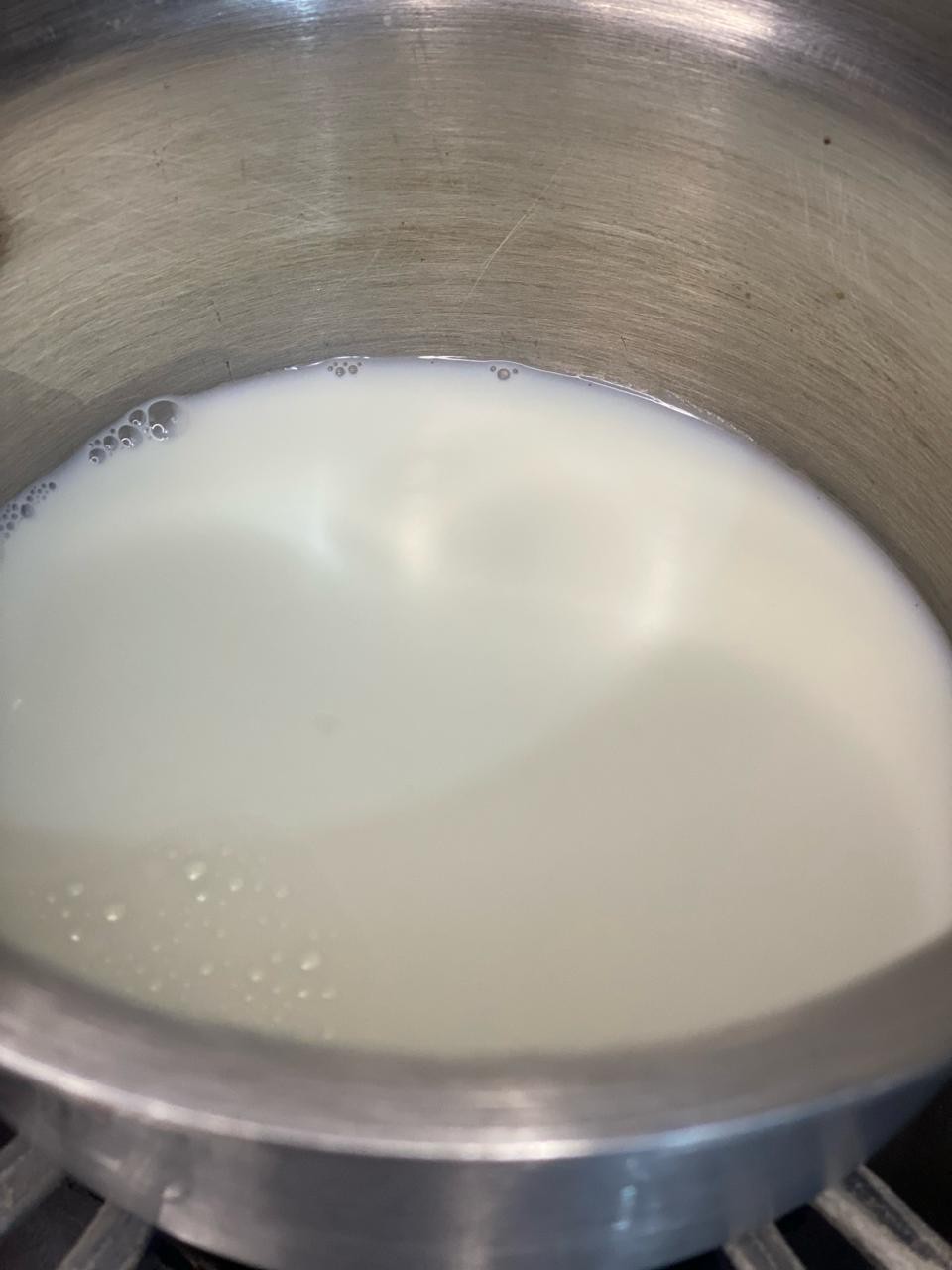
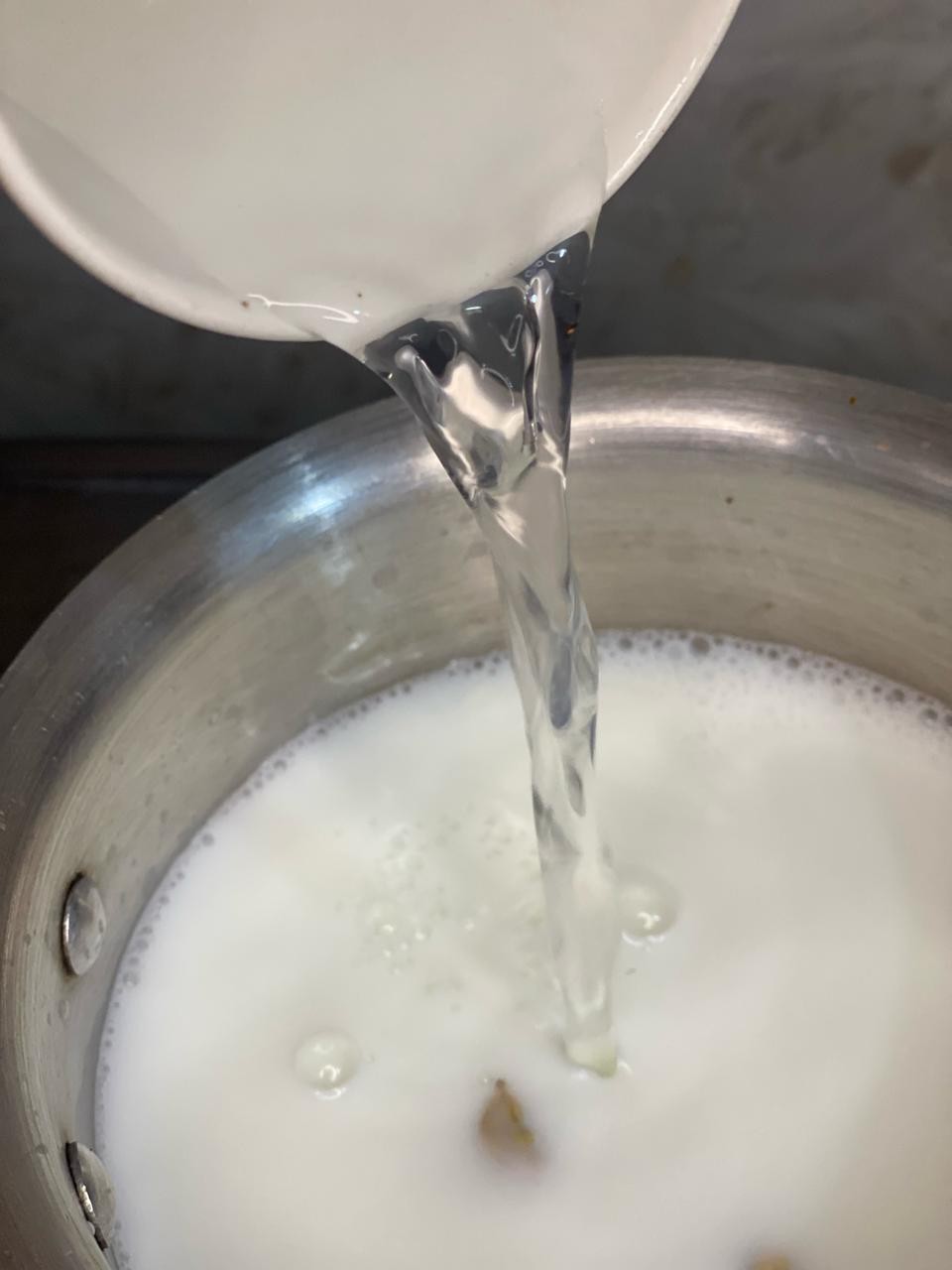
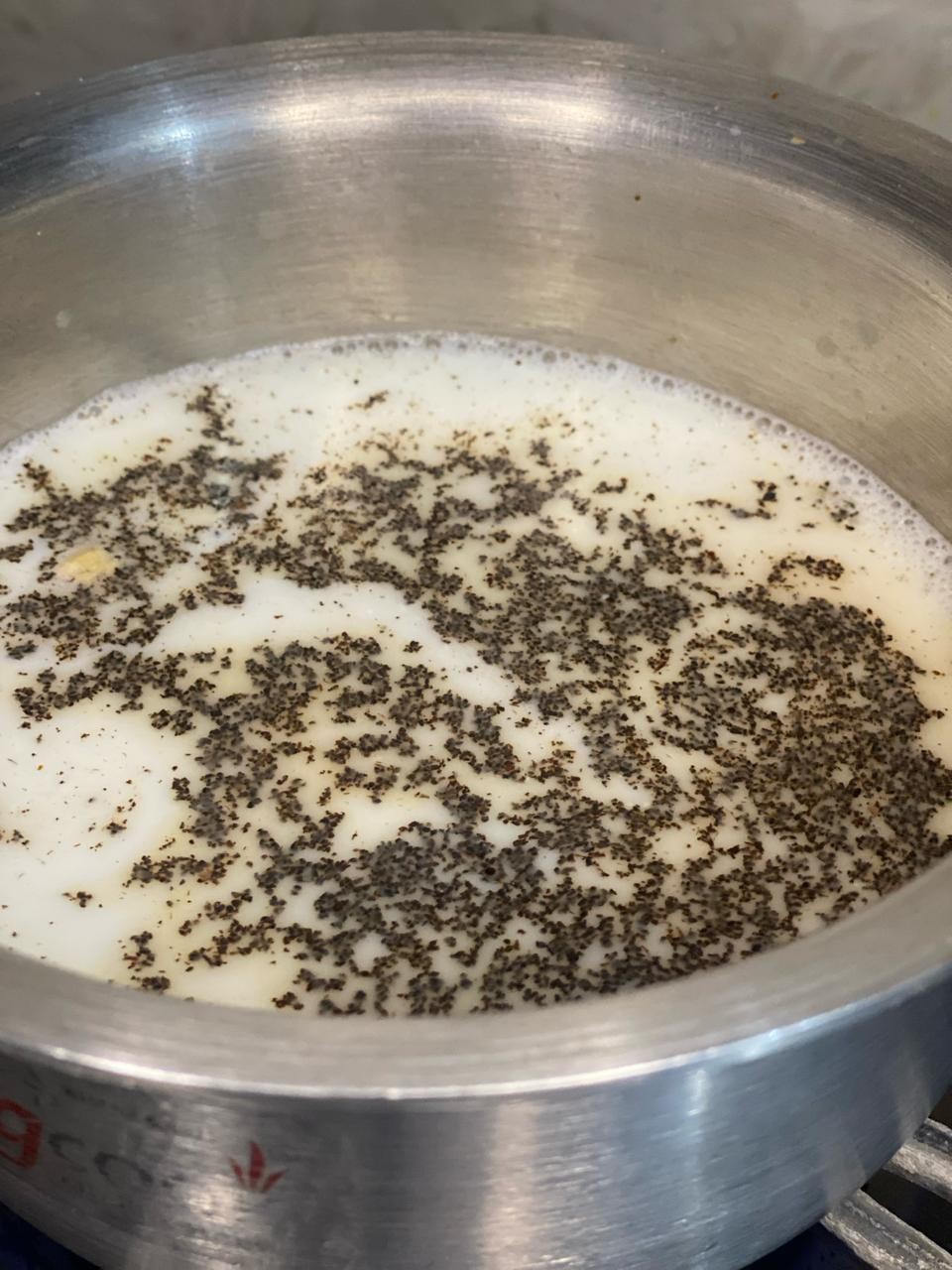
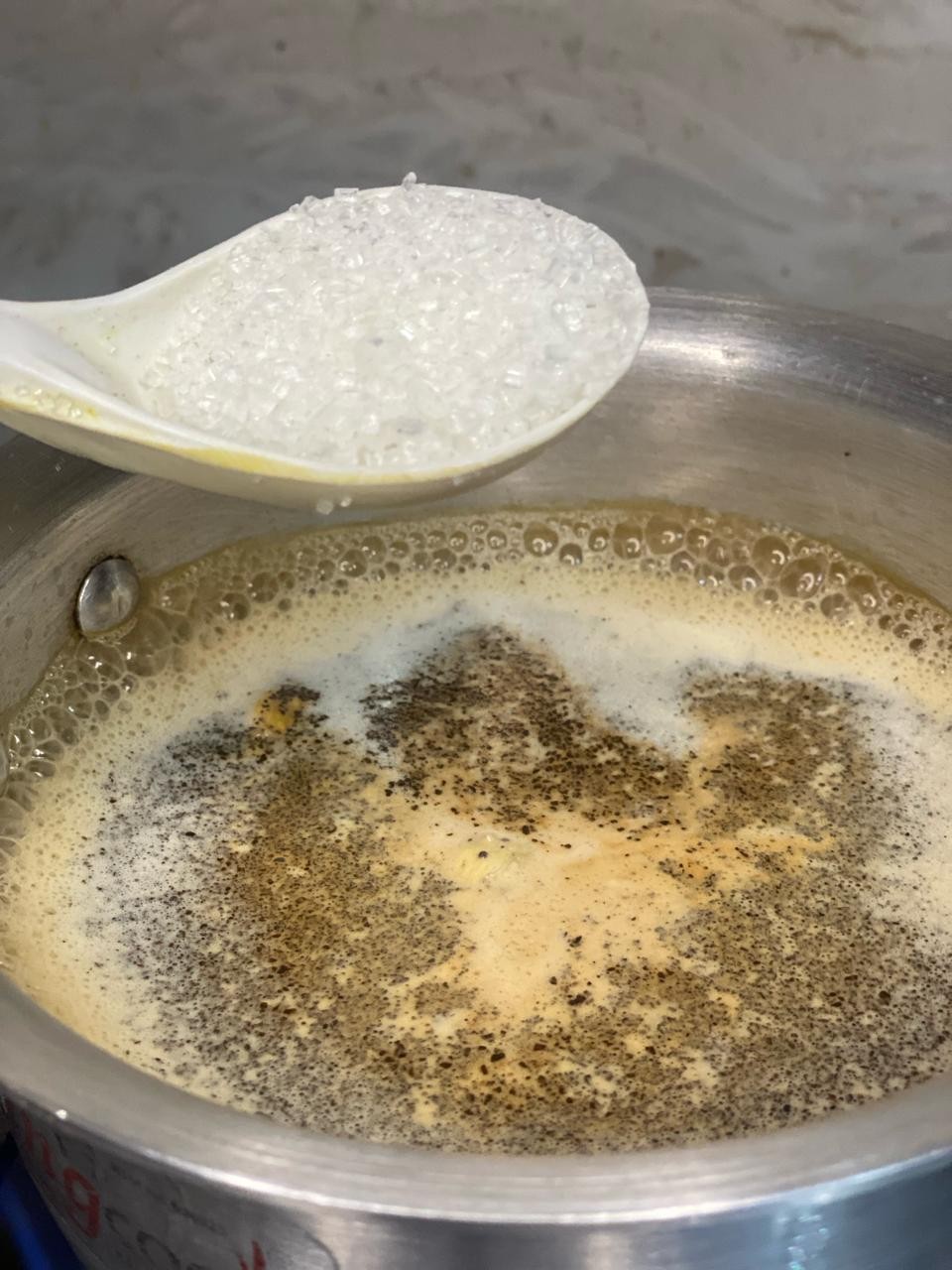
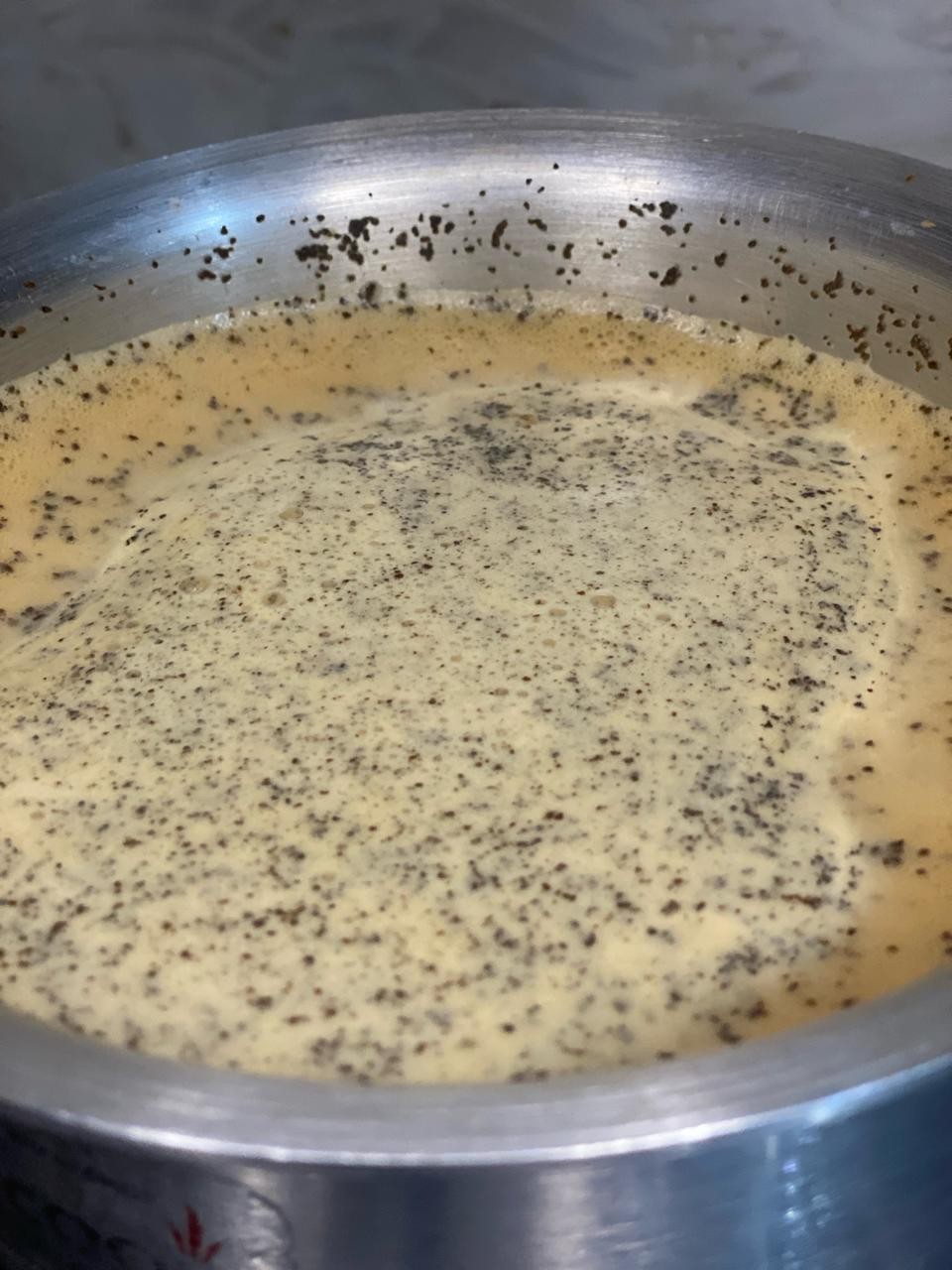
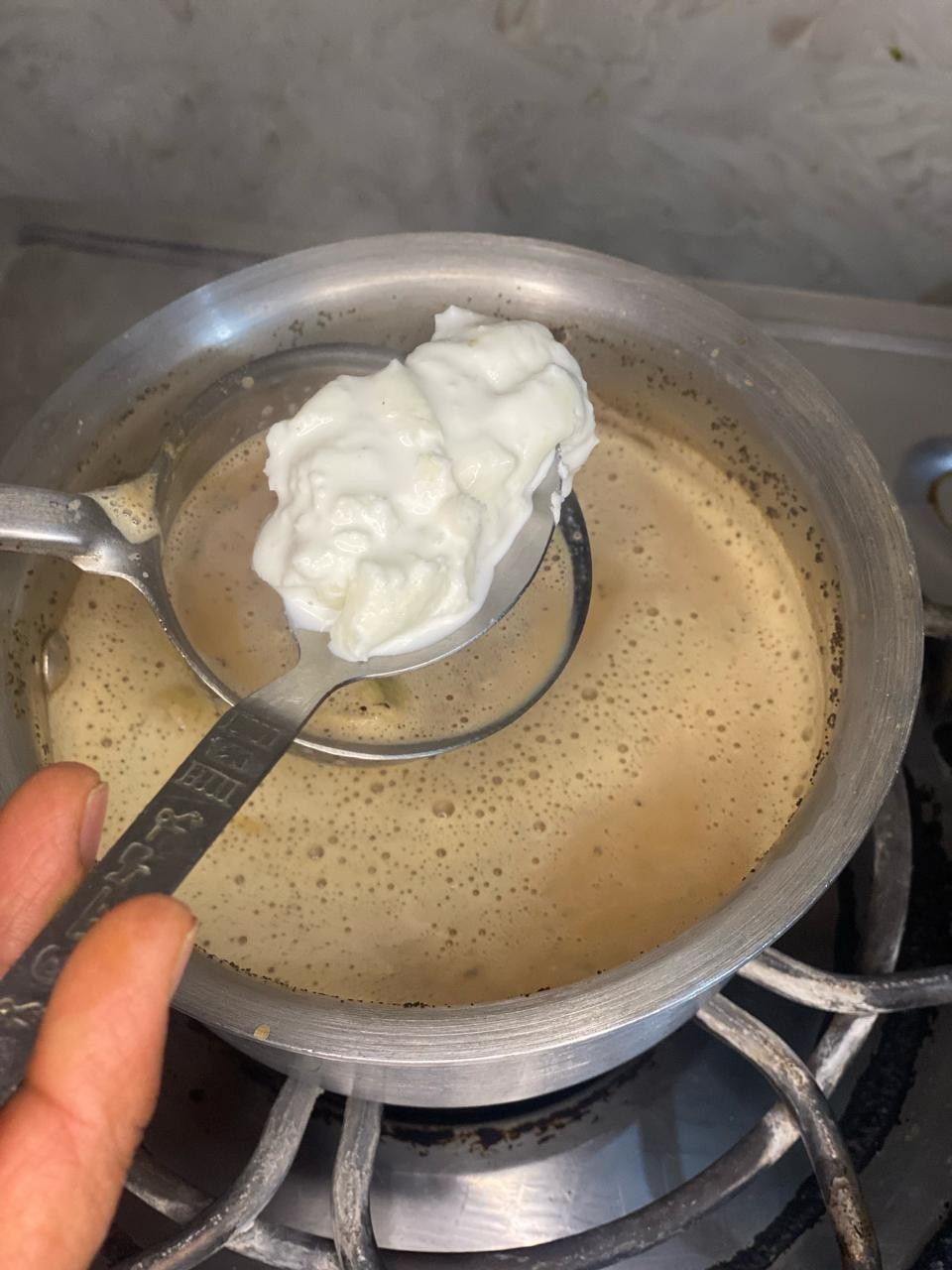
To begin with, pour milk into a kettle and bring it to a gentle boil over a medium flame as the milk heats up, add crushed cardamom to infuse its sweet aroma into the liquid once the mixture reaches a simmer, add a small amount of water to prevent scorching, if using a rich and creamy type of milk like desi milk. This step is crucial as it helps maintain the texture of the final product.
With the milk now half-boiled, introduce tea leaves into the mixture and give the liquid a gentle stir with a spoon to create a smooth froth. Allow the concoction to simmer on a low flame for 1-2 minutes, allowing flavors to meld together. The next step involves adding sugar, but before that, it’s essential to incorporate doodh Patti, constantly ladling it into the mixture as you go, infusing the tea leaves’ deep flavor.
Maintain the flame at a low level and continue this process for an additional minute. To further enhance the drink’s richness and creaminess, add half a cup of milk and one tablespoon of dairy cream. After incorporating these ingredients, bring the mixture to a simmer over a medium flame, continuing to ladle it for an extra minute to extract even more flavor.
How Can I Improve The Texture Of Doodh Patti?
The characteristic texture of Doodh Patti sets it apart from other beverages. A lackluster tea color can be attributed to subpar tea leaves or inadequate steeping. To achieve the perfect balance, I recommend using an abundance of robustly scented tea leaves – Lipton, a reputable international brand, is my go-to choice and readily available at most convenience stores. To bring out the authentic flavor and vibrant color, it’s essential to continually add tea leaves during the brewing process.
Additionally, simmering the mixture on low heat for an extended period allows the flavors to meld together, resulting in a rich, darker hue.
How To Make Doodh Patti More Creamy?
In the conventional approach to making Doodh Patti, this rich and creamy beverage is brewed without water, resulting in a unique tea experience. However, when utilizing store-bought milk with low-fat content, the outcome may not be as creamy as desired. To achieve the signature velvety texture, consider adding one tablespoon of dairy cream to your tea blend.
Furthermore, it’s essential to avoid incorporating water into the mixture, especially if the milk fat is low, as this can hinder the creation of a luscious and creamy layer on top of the doodh patti.
Pakistani Doodh Patti Chai
Indulge in the authentic flavors of Pakistan with this recipe for doodh Patti, a refreshing and revitalizing tea that will awaken your senses. To take it to the next level, I’ve incorporated cardamom (elaichi) into the brew, adding a unique and aromatic twist to the traditional recipe. With only 10 minutes of cooking time and a prep time of just one minute, this drink is perfect for any occasion.
Instructions
As you begin the process of making doodh patti, start by pouring milk into a kettle and placing it over medium heat. To infuse the mixture with a sweet aroma, add three cardamoms to the boiling milk. If using fatty or creamy milk, you can add a small amount of water after the milk has been boiling for half the time. However, if opting for low-fat milk, omitting the addition of water is recommended.
For an added layer of complexity and depth in flavor, introduce tea leaves into the mixture and stir gently to create a frothy consistency. Allow the mixture to simmer on low heat for one to two minutes before adding sugar and stirring in the doodh patti. Keep the flame low and continue ladling the mixture for an additional minute to allow the flavors to meld together. Finally, add half a cup of milk and a tablespoon of dairy cream to the doodh patti, increasing its density and creaminess.
Simmer on medium heat once more, ladling as needed to achieve the desired level of flavor and consistency. Your doodh patti is now ready to be served.

